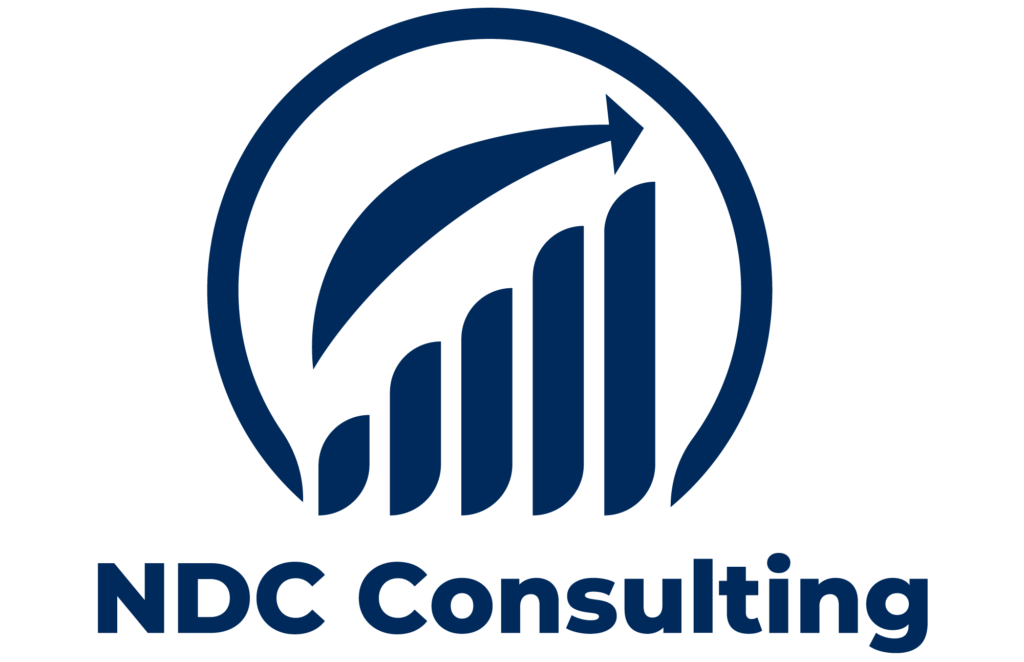
Given the complexity of their services and the amount of patient interactions, radiology departments need healthcare incident reporting software. This combination poses serious hazards and difficulties that may affect radiology patient safety. Radiology departments can detect, control, and reduce these hazards by using this software, which will eventually improve patient care and safety.
Recognizing the Difficulties in Radiology
Radiology departments deal with a number of particular issues that may jeopardize the safety of patients and medical personnel. These consist of:
Diagnostic Errors: Inaccurate diagnosis, postponed treatment, or needless operations might come from misinterpreting imaging results. According to the European Journal of Radiology, there is a 30% error rate in radiologic examinations alone, making diagnostic errors in radiology widespread. Diagnostic imaging errors are the cause of over 75% of malpractice cases brought against radiologists.
Radiation Exposure: Excessive radiation exposure can cause long-term health problems for both patients and personnel. Because of the increased use of medical imaging, Americans’ overall radiation exposure has really nearly doubled, and throughout the past 40 years, the percentage of radiation exposure from medical sources has climbed from 15% to 50%. In the United States, CT scans alone are responsible for 24% of all radiation exposure.
Incidents Associated with Contrast: Patients may experience minor allergic responses or serious, life-threatening conditions when contrast media is used to enhance image clarity. There is little possibility of an immediate reaction, but up to 23% of radiographic contrast media have been known to cause delayed adverse effects.
Malfunctioning equipment: Advanced radiological equipment may malfunction or fail, which could result in inaccurate diagnoses or delays in patient treatment. investigations have shown that errors or discrepancies occur in approximately three to five percent of daily imaging investigations, while focused research have found much greater rates of equipment faults in radiology departments.
Information System Failures: Errors in electronic data systems can lead to corrupted or lost data, which can affect patient care and diagnostic precision. Out of 144 items scanned, 64 had at least one critical vulnerability and 119 had at least one high-risk vulnerability, according to a research done on the equipment in a radiology department. Confidential patient data could be captured because the majority of equipment did not encrypt traffic.
Using Software for Incident Reporting in Radiology Departments
Comprehending Software for Healthcare Incident Reporting
A specific application called healthcare incident reporting software was created to make it easier to report, monitor, and analyze occurrences and incidents that take place in healthcare settings. By serving as a central store for all incident data, this software facilitates the submission of reports, categorizes different incident kinds, and extracts useful insights. Typical key qualities are:
Automated Data Capture: Integrating with current healthcare IT systems to reduce manual entry errors and save time.
Real-Time Analysis: Enables more intelligent decision-making by providing instant feedback and trends based on the data entered.
Thorough Tracking: Ensuring accountability and ongoing monitoring by following incidents from the time they are first reported until they are resolved.
Customizable Reporting: This feature enables organizations to modify the program to accommodate certain requirements and languages, which can differ significantly amongst various departments or specialties.
The Function of Radiology Incident Reporting Software
Radiology departments can benefit from healthcare incident reporting software in a number of ways because of its strong foundation, which was created to handle these issues:
Improved Diagnostic Error Detection: By methodically recording mistakes or near-misses, the program can assist in seeing trends or reoccurring problems that non-formal methods could miss. This results in improved patient outcomes and more precise diagnosis.
Management of Contrast-Related Events: By keeping track of and analyzing contrast media-related incidents, rules and safety procedures can be developed to help prevent such events and better handle them when they do occur.
Equipment Maintenance Logs: Systems for reporting incidents might help monitor and examine trends related to equipment malfunctions. The system may identify patterns and reoccurring problems by combining data on reported occurrences. This allows for proactive maintenance and operational enhancements to guarantee equipment dependability and increase patient safety in radiology.
Simplified Compliance and Regulatory Reporting: Data collection and reporting to regulatory agencies are made easier by incident management software. This is especially important in radiology, where strict adherence to rules and regulations is required. The program makes sure that departments can manage compliance with less effort and more accuracy by offering a clear and comprehensive log of all incidents, including those requiring radiological procedures.
Case Study: Incident Management Software’s Advantages
The advantages of using healthcare incident reporting software in a sizable radiology department were demonstrated in a study published in the American Journal of Roentgenology.
The radiology safety and accreditation committee first used a paper-based reporting system, but it was ineffective due to its intricacy and inefficiencies; just six incidences were recorded over a five-month period. The department implemented incident management software to tackle these issues, and within the first year of operation, submissions skyrocketed to 325. The technology was improved over time to pinpoint typical incident kinds and expedite the reporting procedure.
Features that increase efficiency and data quality include mandatory data fields, prepopulated forms, and direct data entry.
“These enhancements, along with staff training and an emphasis on creating a fair culture, raised the yearly total of incident reports to 1,116, proving the system’s effectiveness in averting unfavorable patient safety incidents and underscoring the importance of healthcare incident reporting software in radiology.”
Article Link: www.performancehealthus.com

